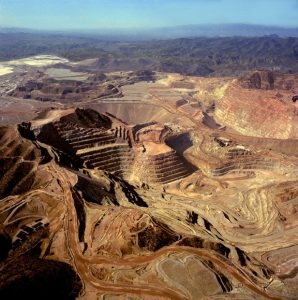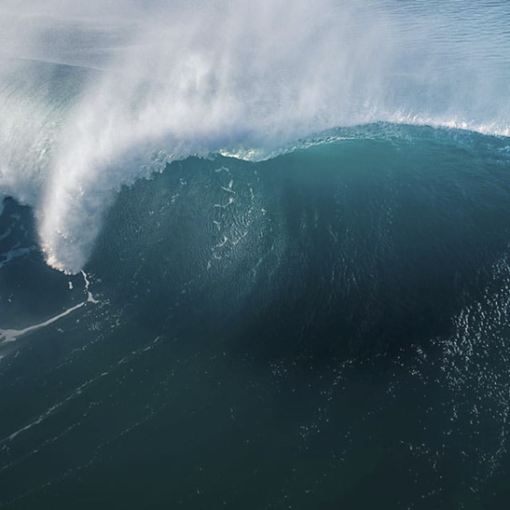By Romany Webb

Enhanced weathering is one of several proposed approaches for removing carbon dioxide from the Earth’s atmosphere. It aims to enhance natural weathering processes in which carbon dioxide in the atmosphere reacts with silicate-based rocks, eventually forming carbonate minerals (e.g., limestone). Research suggests that the natural processes can be accelerated by grinding rocks or minerals that are rich in silicate and spreading the powder over land or ocean waters. Some researchers have also proposed using other silicate-rich materials, including mine tailings and similar industrial wastes, in enhanced weathering.
In September 2020, the Sabin Center published a detailed analysis of the international and U.S. legal frameworks governing enhanced weathering on land and in the oceans. Today, we are releasing volume 2 of that analysis, which examines legal issues associated with the sourcing of silicate-based materials for use in enhanced weathering.
Performing enhanced weathering at scale will require access to large amounts of silicate minerals and rocks. Persons wanting to develop new, or expand existing, mines to acquire such materials will need to comply with numerous federal and state laws. Volume 2 of The Law of Enhanced Weathering for Carbon Dioxide Removal provides an in-depth analysis of the key laws. It identifies existing legal requirements that could hinder the mining of silicate materials for use in enhanced weathering and recommends reforms that could facilitate such activity without comprising environmental and other outcomes.
The paper also explores legal issues associated with sourcing mine tailings for use in enhanced weathering. As the paper explains, there is often significant uncertainty as who owns mine tailings, and restrictions on their transfer to third parties. Again, the paper recommends reforms to address these issues and facilitate the use of mine tailings in enhanced weathering.
Related work: The Sabin Center is preparing a series of white papers examining legal issues associated with carbon dioxide removal and storage. Previous papers have discussed the legal framework for carbon dioxide removal via ocean alkalinity enhancement and seaweed cultivation, as well as carbon storage in the sub-seabed off the east and west coasts of the U.S. and the west coast of Canada. For more information about this and other related work, visit our website here.
This is test biographical description.



